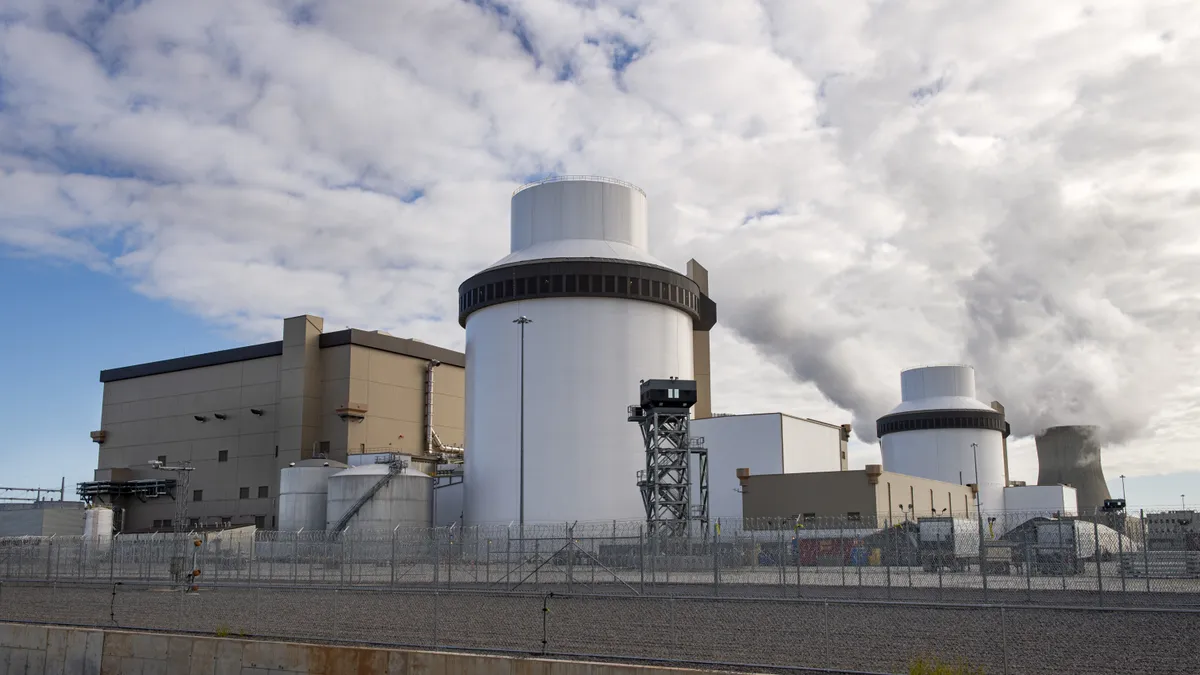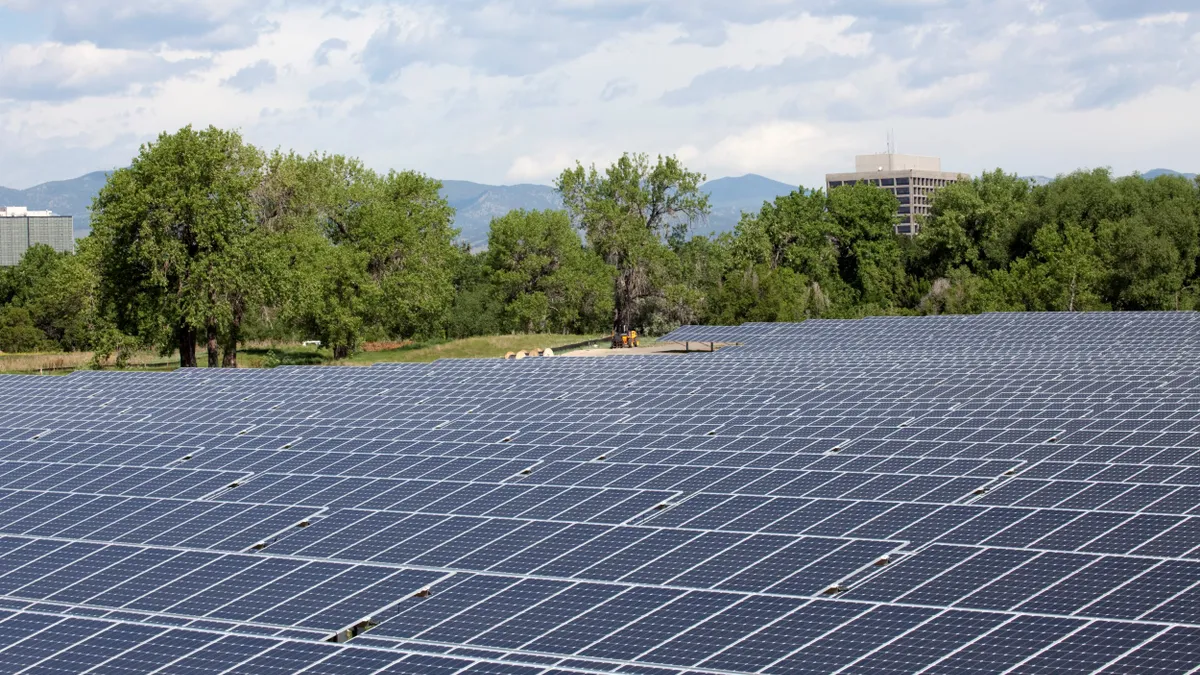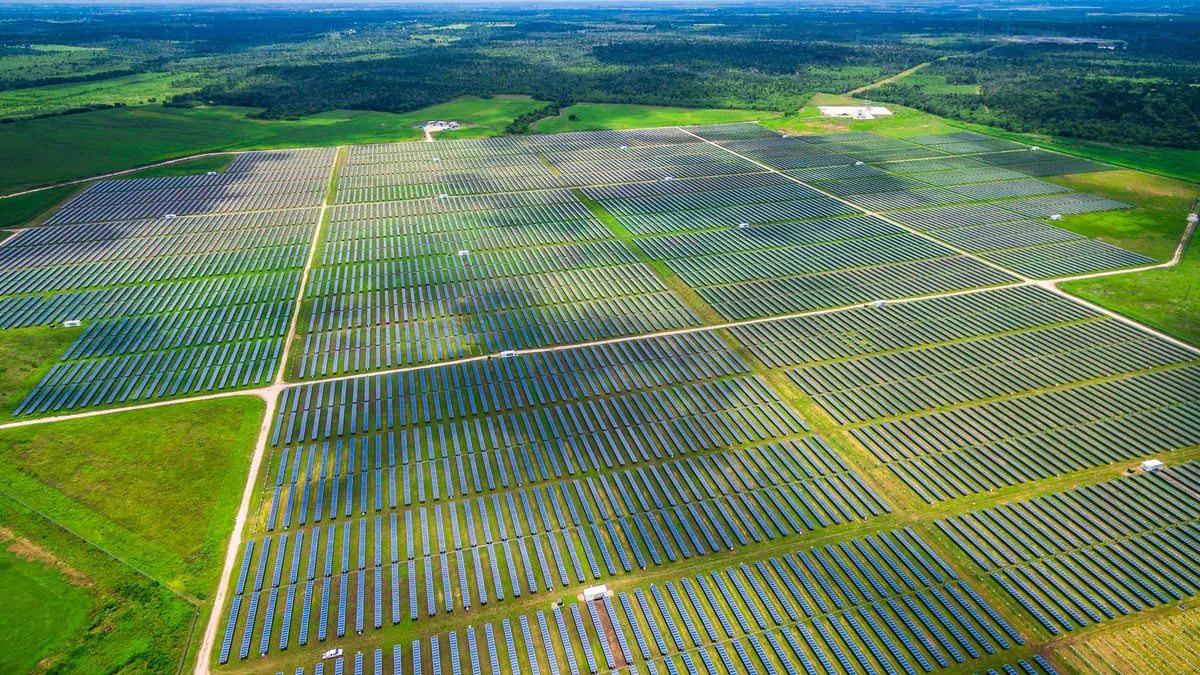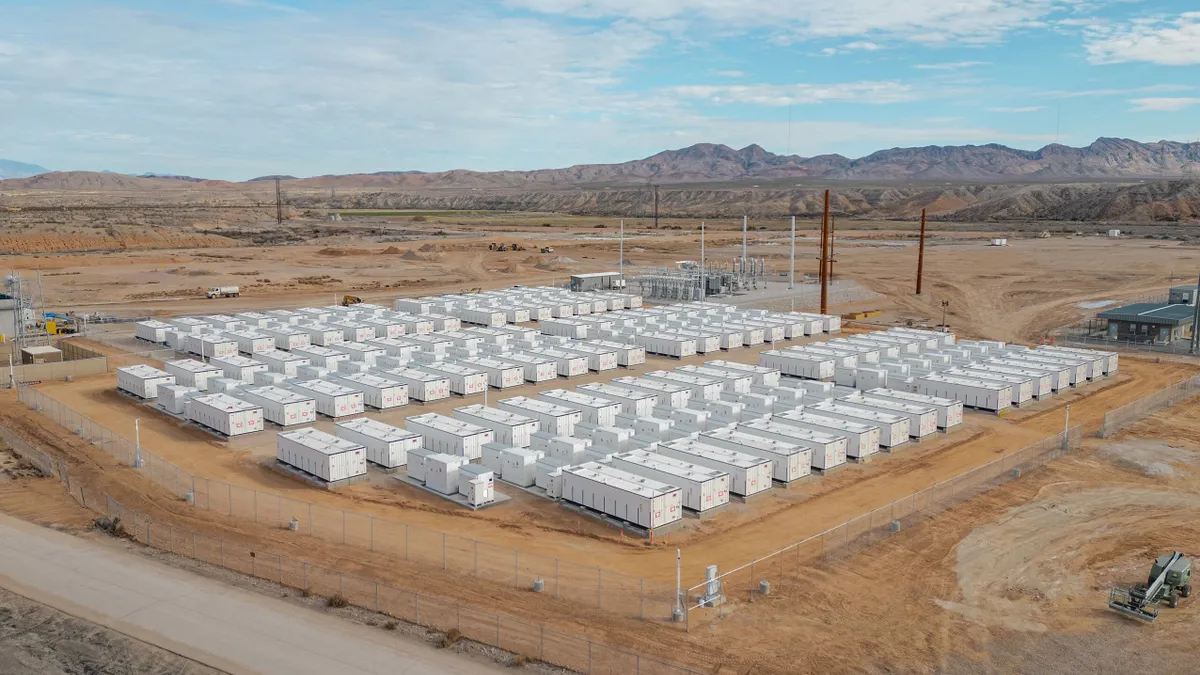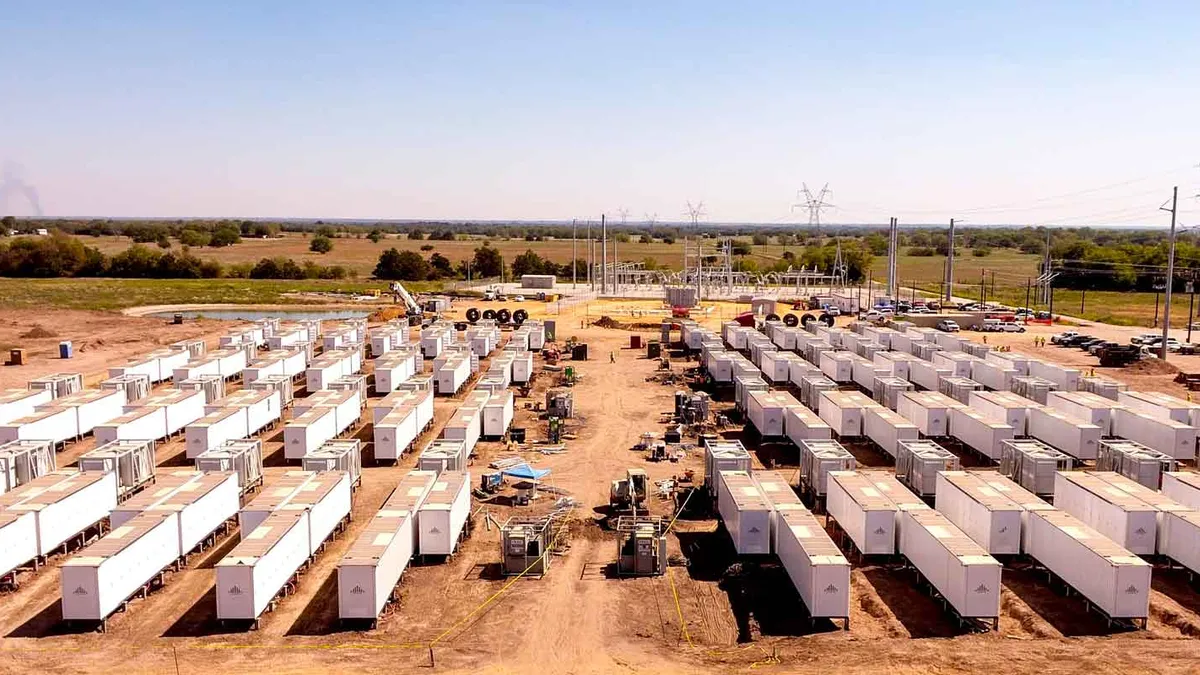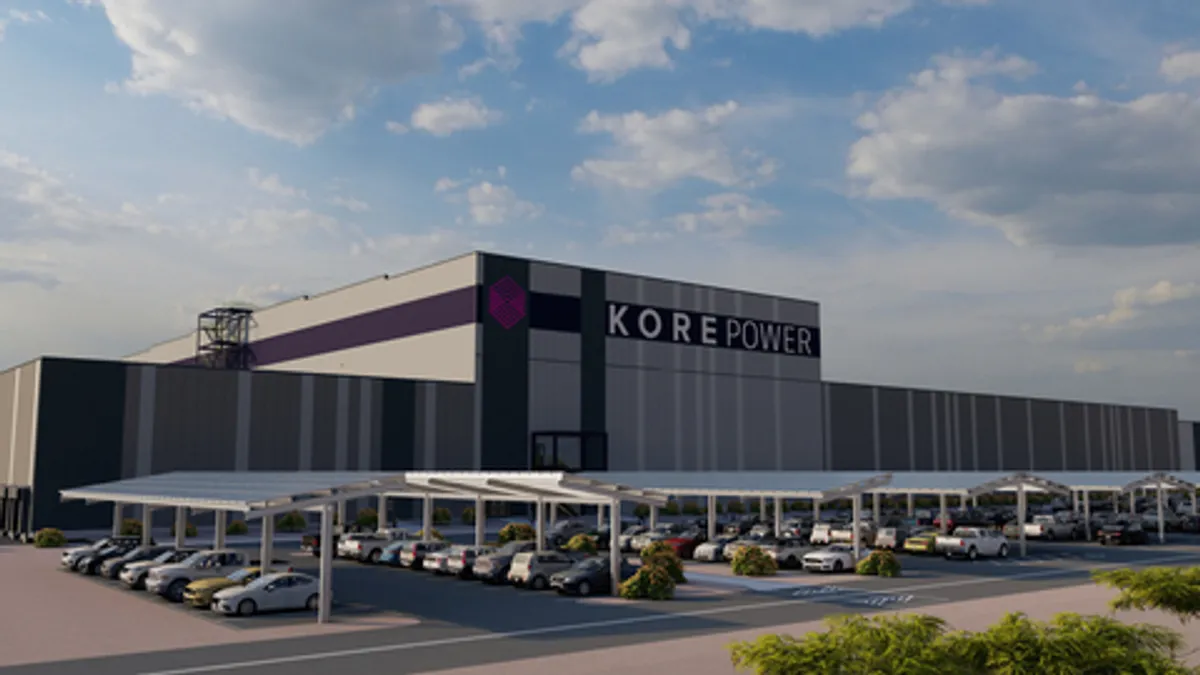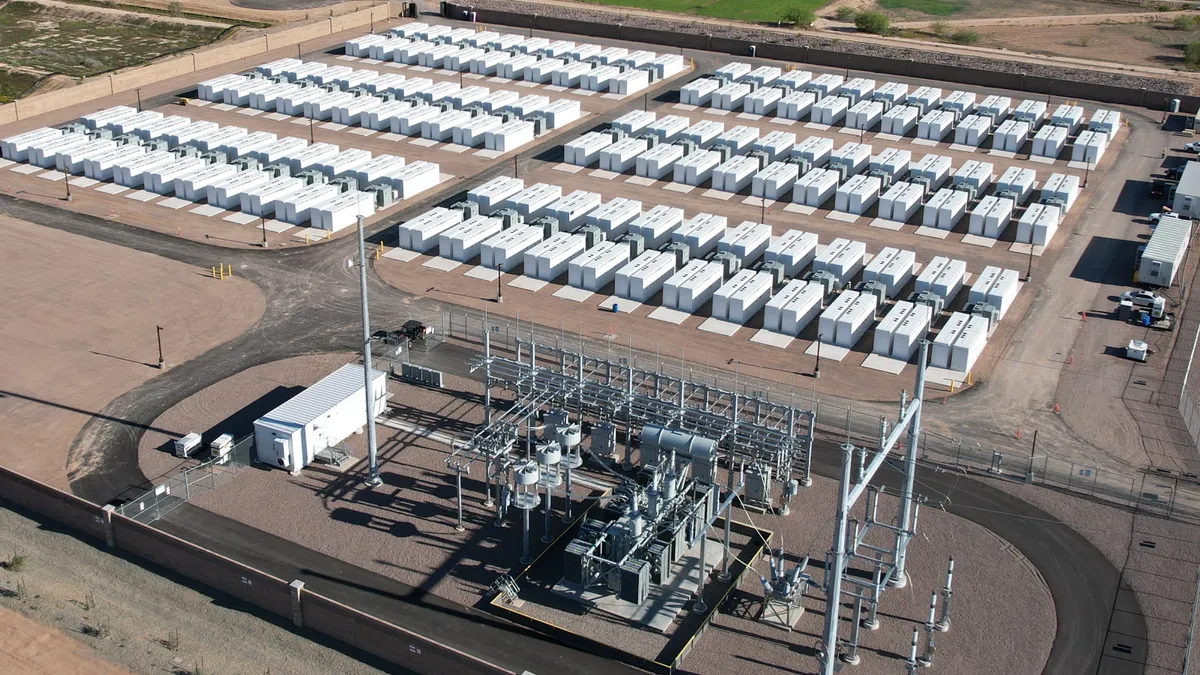The following is a contributed article by Ted Ko, Director of Policy at Stem.
Ask people how they segment the energy storage industry, and you'll often hear them divide it between customer-sited or behind-the-meter storage and "utility-"or "grid-scale storage." But if you then ask them what they mean by "utility-scale," you can't get a clear answer. Is it 5 MW, 10 MW, more than 20 MW? Do they mean "front-of-meter"? Or connected to the bulk transmission system?
And whatever "scale" threshold they use rarely relates to the "utility" part of "utility-scale." What about the size of the storage installation makes it relevant to a utility or the grid?
The reality is that energy storage of all sizes can provide useful services to utilities or grid operators. And it is past time for regulators and market operators to update their policies and programs to realize the full potential grid value from storage that hasn't been considered "utility-scale" before.
No, we're not calling for the end of the large-scale storage industry. We're saying that distributed, smaller-scale storage can provide all the same value to the grid that large-scale storage can and should be explicitly encouraged to compete on playing fields that policymakers have leveled everywhere.
From non-wires solutions in New York (Brooklyn Queens Demand Management or BQDM) and local capacity in Los Angeles (Southern California Edison Local Capacity contracts), to resource adequacy (RA) and Reliability Must Run (RMR) replacement at the California ISO and forward capacity in ISO New England (SunRun's 20 MW residential aggregation contract), distributed storage developers and operators are proving that the technology works and can be cost competitive. Where markets have been opened to allow distributed energy storage to compete, ratepayers benefit with lower energy costs.
Recognizing this, FERC first issued Order 841, requiring the wholesale markets to open up to individual storage installations as small as 100 KW, regardless of interconnection point (transmission, distribution or behind-the-meter). This immediately nullified anyone's previous threshold for "grid-scale" storage, making the term itself meaningless. The next step for FERC will be an Order on DER aggregation, which presumably will require the ISO/RTOs to allow distributed storage aggregations to compete head-to-head with larger scale, single-site storage installations and all other wholesale market resources.
Virtual power plant benefits
Storage aggregations, popularly known as Virtual Power Plants (VPPs), should be a tool in every policymaker's toolbox for achieving a reliable, resilient, cost-effective electrical system. A recent report by Station A shows how much potential RA value California could be leaving on the table if it doesn't fix the RA rules for solar+storage VPPs. Because the Public Utilities Commission's RA counting rules and the CAISO participation models are slow to adapt, gigawatts of system and local capacity value are being squandered.
This is not theoretical. One example is Stem's commercially operated VPPs participating in wholesale markets and utility programs.
Yet, research reports, industry conferences, consultants and all manner of stakeholders continue to use the terms "utility-scale" and "grid-scale" as separate from VPPs, perpetuating the fallacy that energy storage technology and projects need to be large or long-duration to provide meaningful services to grid operators. This wouldn't be a serious problem if this misperception didn't keep cropping up in legislation and the design of regulations and programs.
At least three bills introduced in Congress this spring referenced "grid-scale" storage, locking out smaller storage from the research or deployment funds intended to make the grid more reliable or resilient. Also, arbitrary size thresholds abound in incentive programs and procurement solicitations around the country. This whole issue may sound like nitpicking, but in this line of work, bad terminology creates bad policy.
So, next time you hear someone use the term "grid-scale" or "utility-scale" for storage, ask them what they really mean. If they give you a threshold number, find out the reasoning behind the number. If they really mean "front-of-meter" or "transmission interconnected," push them to use those terms. Once you get into a conversation about the grid services they care about and how any size storage can provide those services with VPPs, they'll hopefully want to retire the terms "utility-scale" and "grid-scale" faster than a storage VPP helps retire dirty peaker plants.



